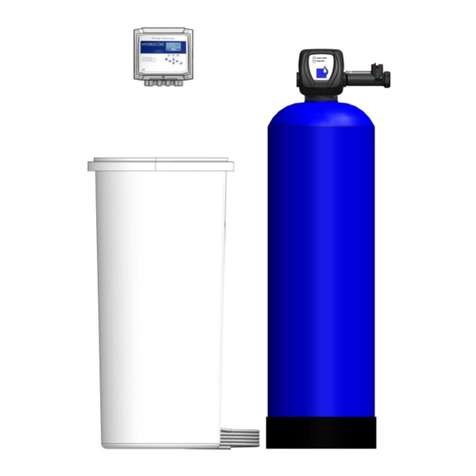Maintenance, repair and electrical work
-All inspection and maintenance intervals specified in the operation and maintenance
manual must be adhered to.
-Prior to any work, the system must be disconnected from mains.
-The system is to be de-pressurized and shall be protected from accidental re-start.
-Only suitable and correctly functioning load-supporting devices shall be used when
replacing heavy components or system elements.
-Hose lines shall be replaced regularly (preventive maintenance) even if no damage is visible.
-Prior to any work on electrical components the system must be disconnected from the mains.
-Electrical equipment must be checked in regular intervals.
-Any possible loose connections must be re-secured and damaged electric cabling replaced
immediately.
-Casings of electric equipment and system components must never be cleaned with a water
hose (spray).
-Electrical components must never be touched with wet hands.
-Whilst working on the equipment suitable protective clothing shall be worn (e.g. when
handling with liquids such as acids and bases/alkalis).
Start-up after maintenance and repair work
-Check all screw connections for tight fit.
-Ensure that any components removed beforehand (e.g. tank lid, screen or filter) are installed
and restored to their correct operational position.
-All materials, tools and other appliances which were necessary for maintenance and repair
work are removed from the working area of the system.
-Any spills to be cleaned up safely.
-Ensure that all safety equipment is in perfect condition.
Regulations in respect to environmental protection
When working on and with thesystem, all legal regulations in respect to waste minimisation and proper
disposal (if appropriate) must be understood and followed.
The elements listed below must not contaminate the soil or enter the drainage system during
installation, maintenance or repair work:
-Grease and lubrication oils
-Hydraulic oils
-Cooling agents
-Acids and alkalis (bases)
-Cleaning materials containing solvents
These substances must be stored, transported and collected in suitable tanks and disposed of
in accordance with the applicable regulations.




























